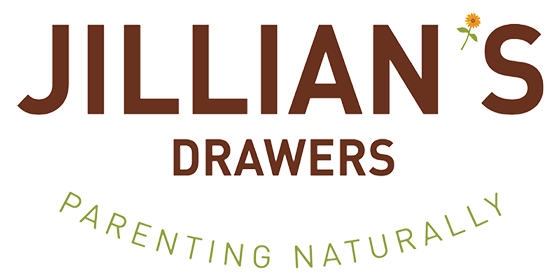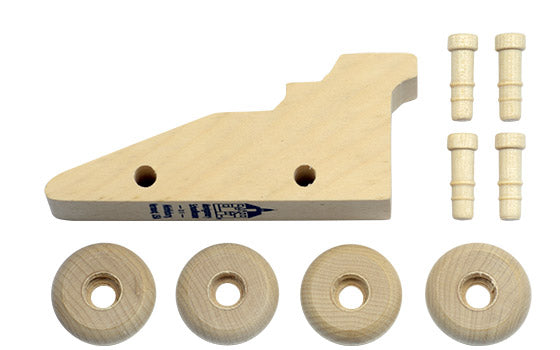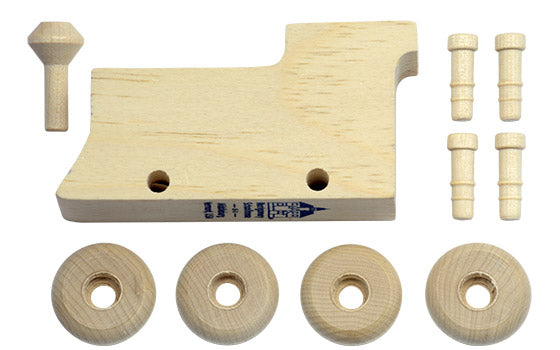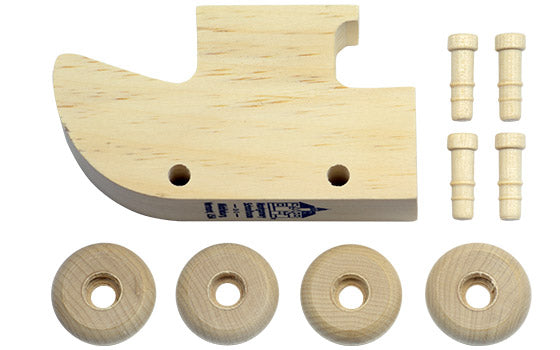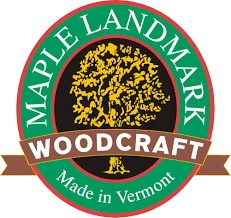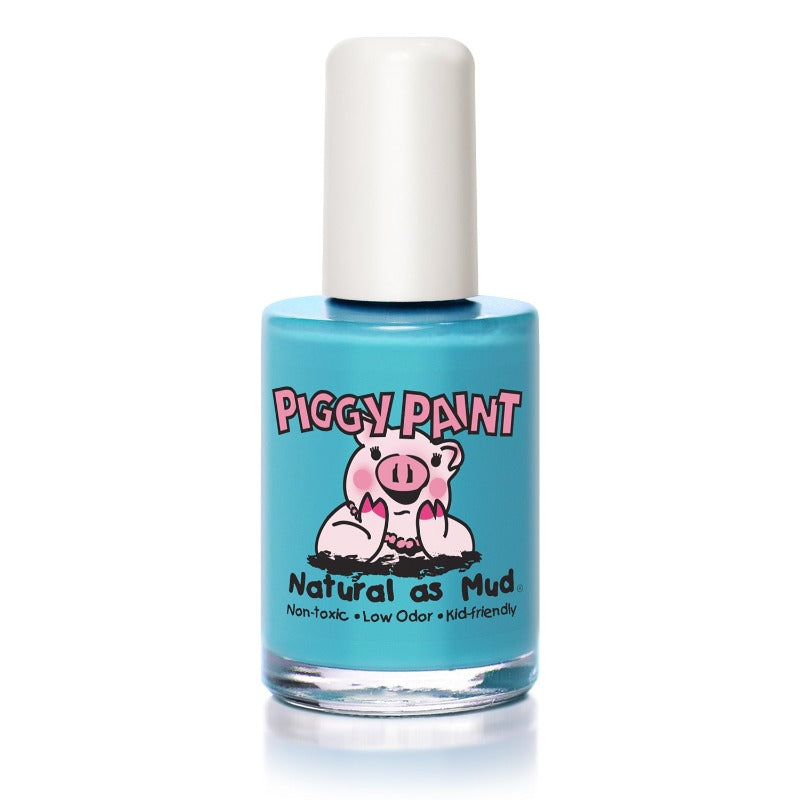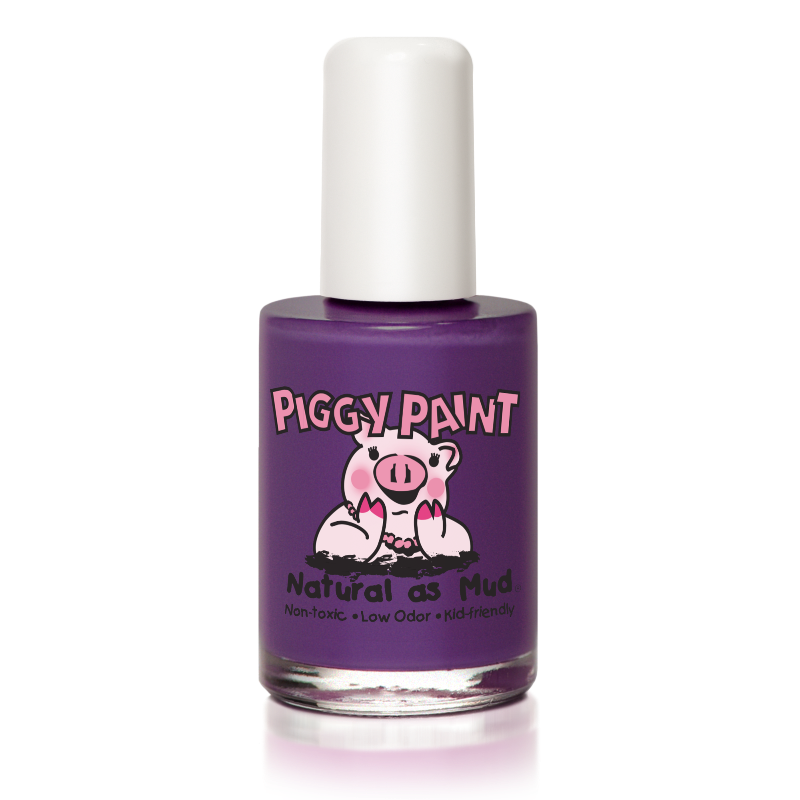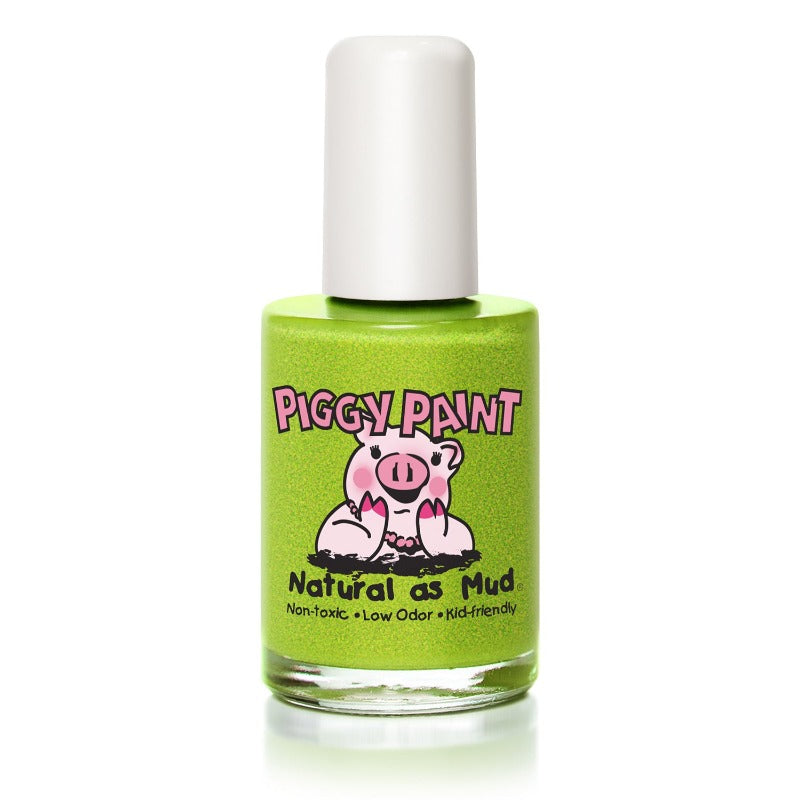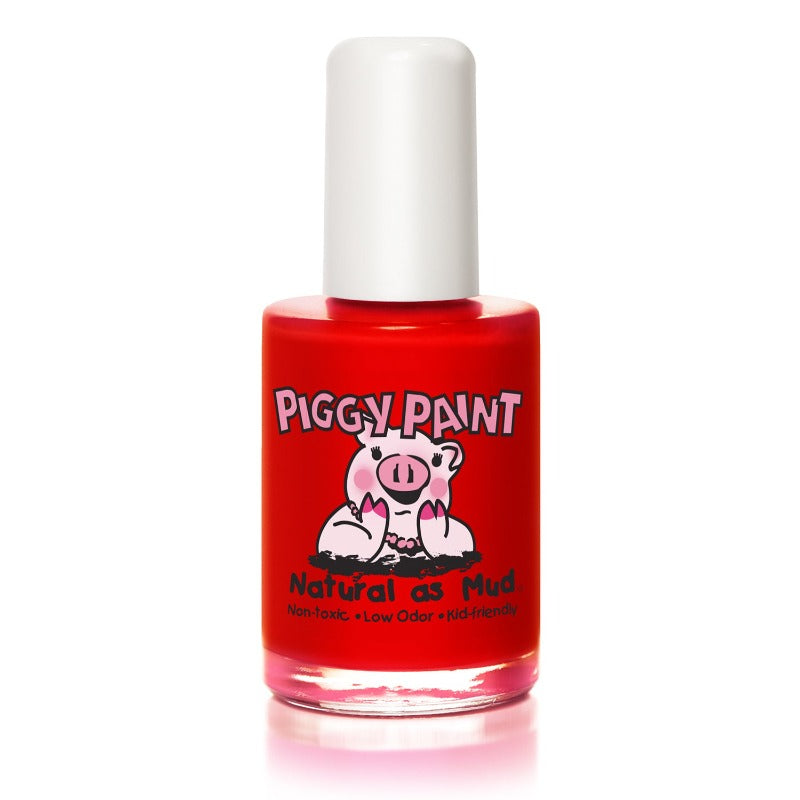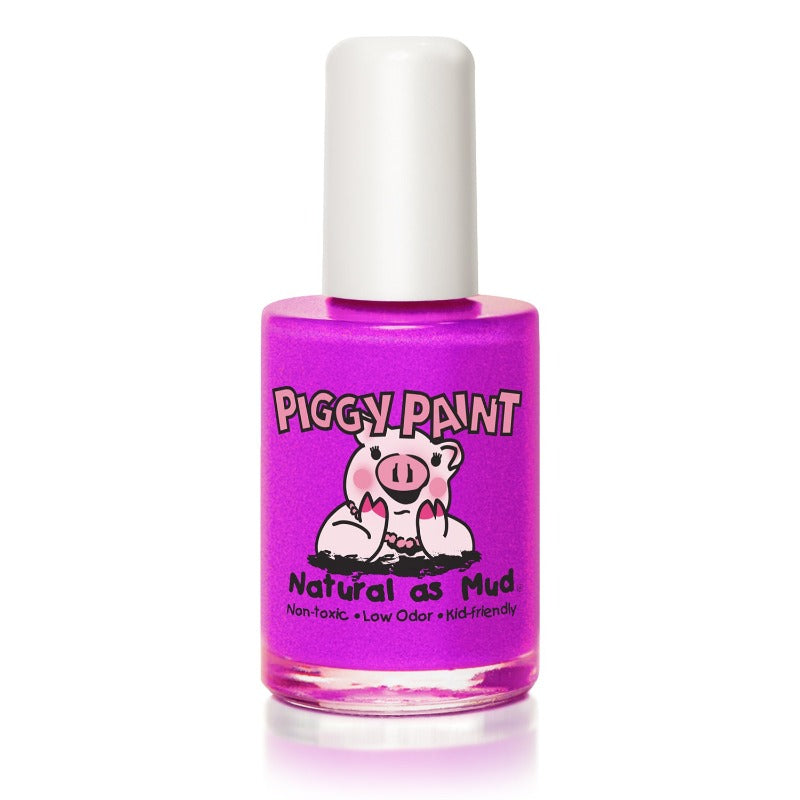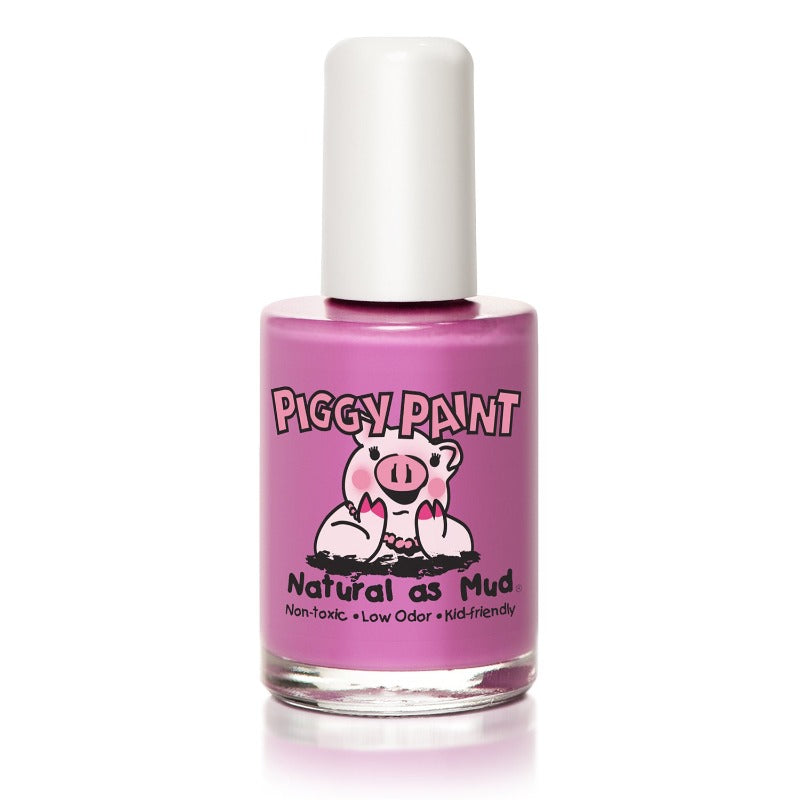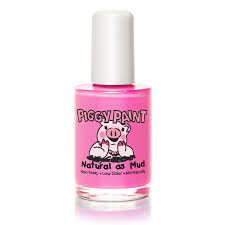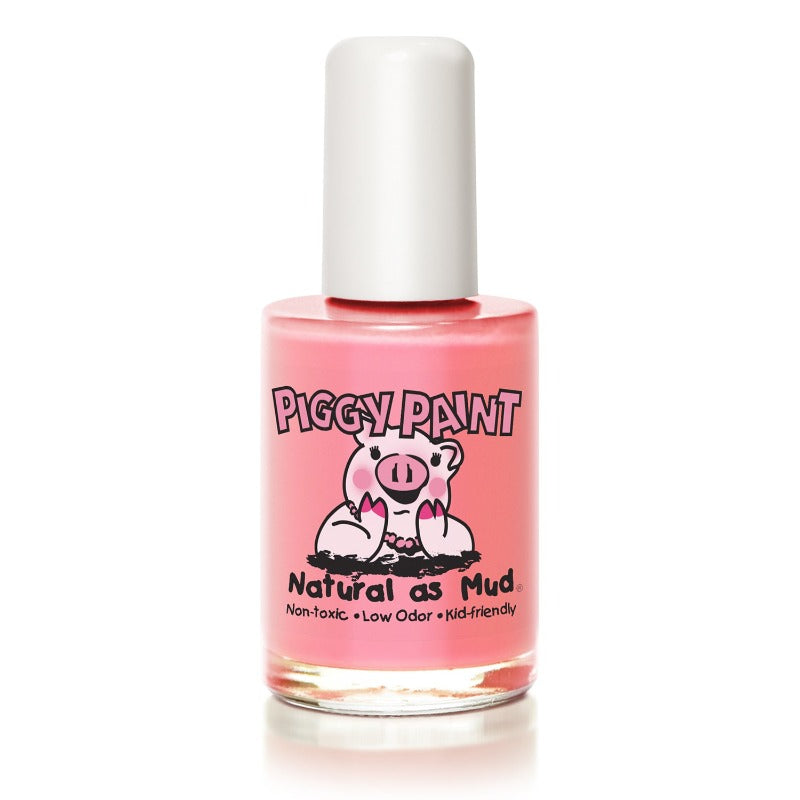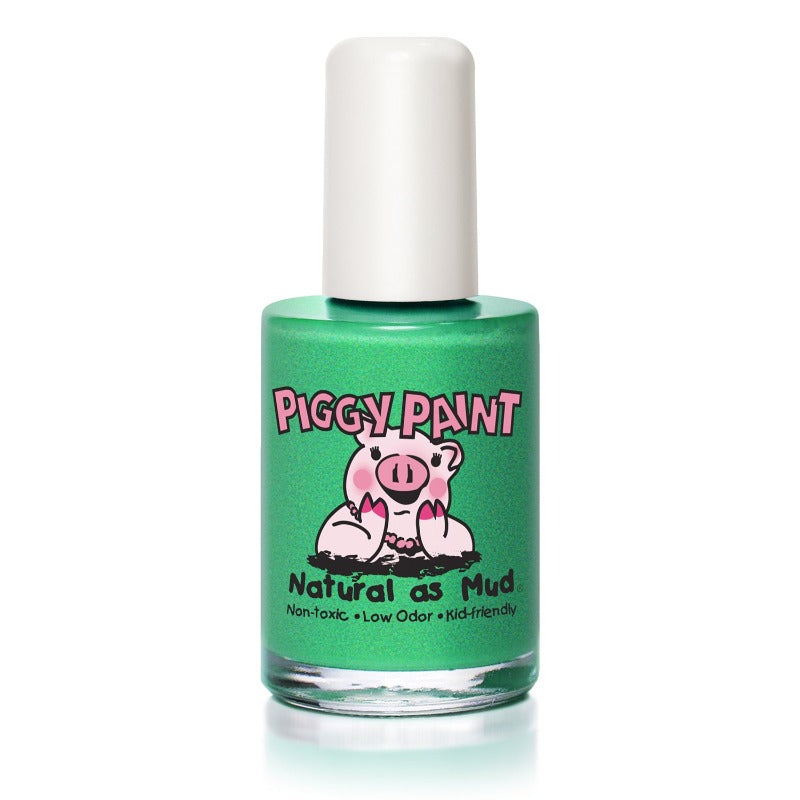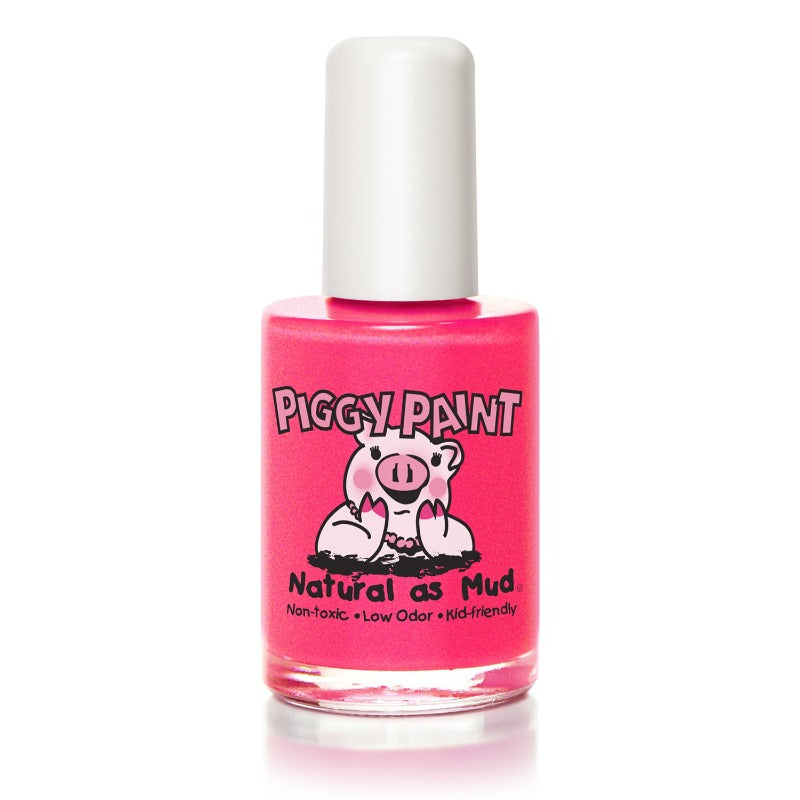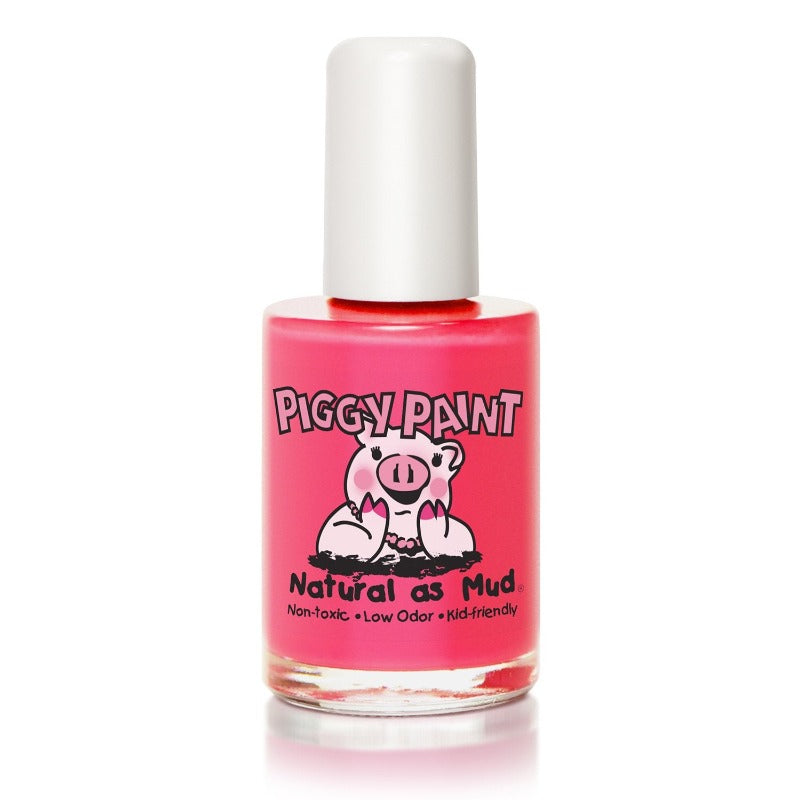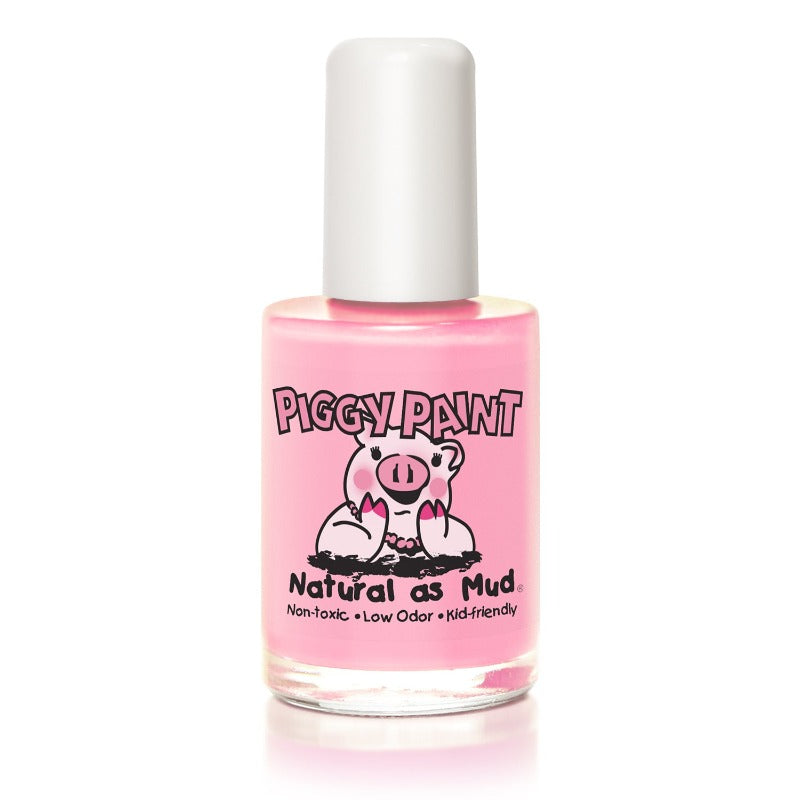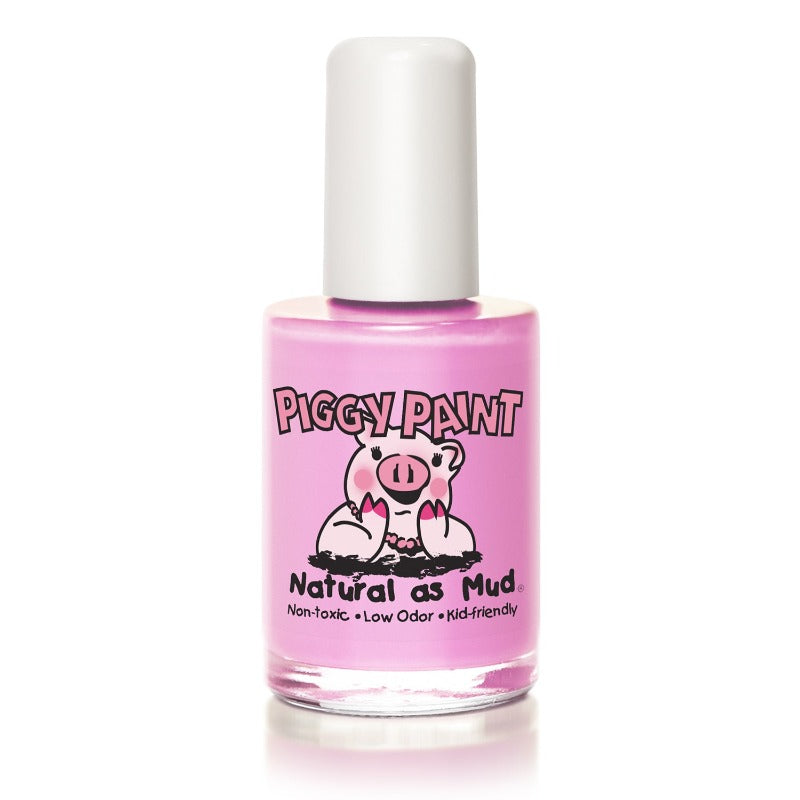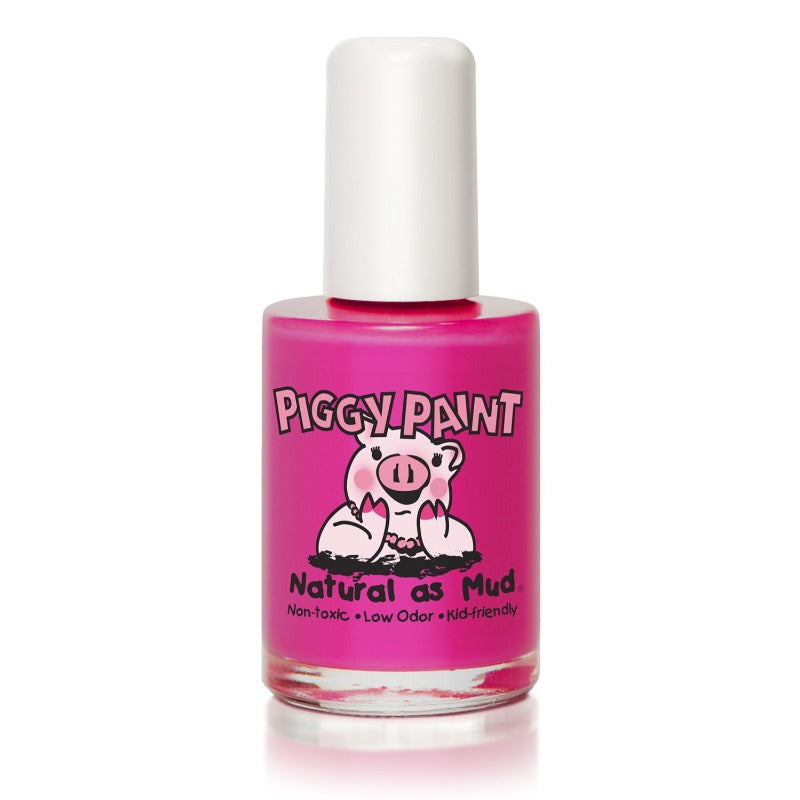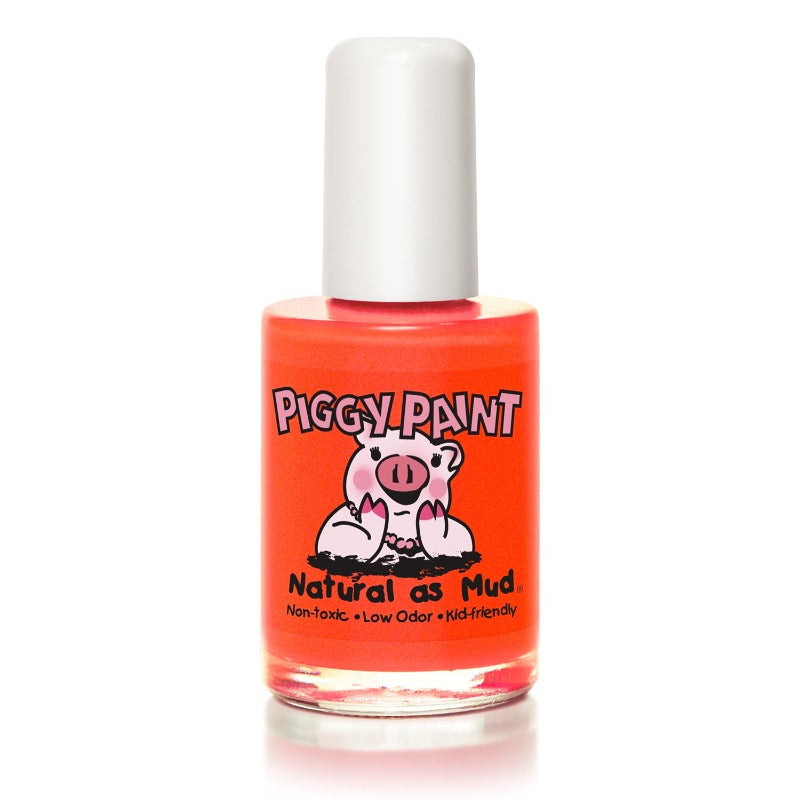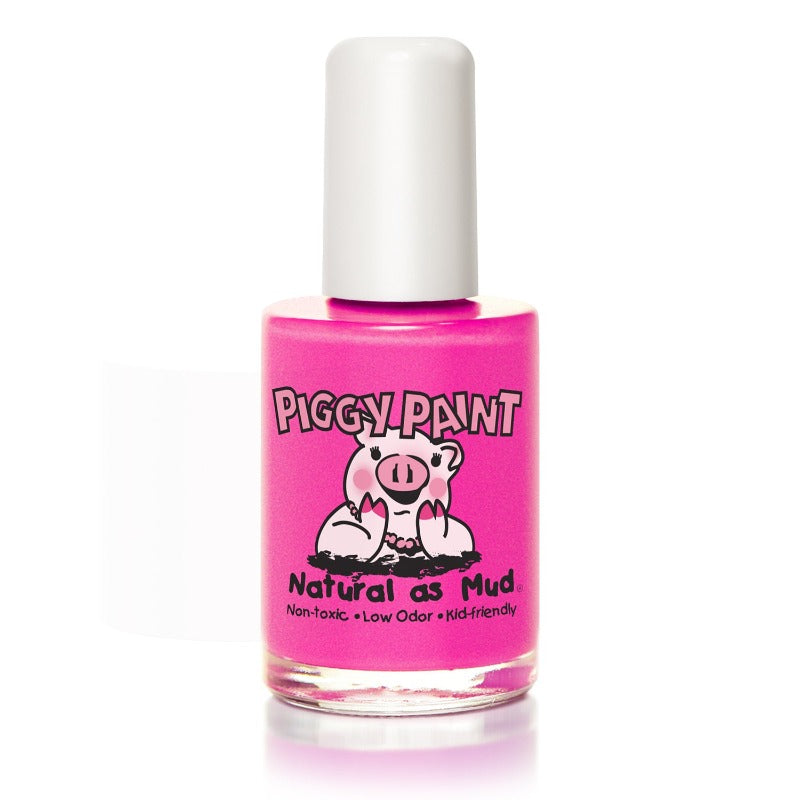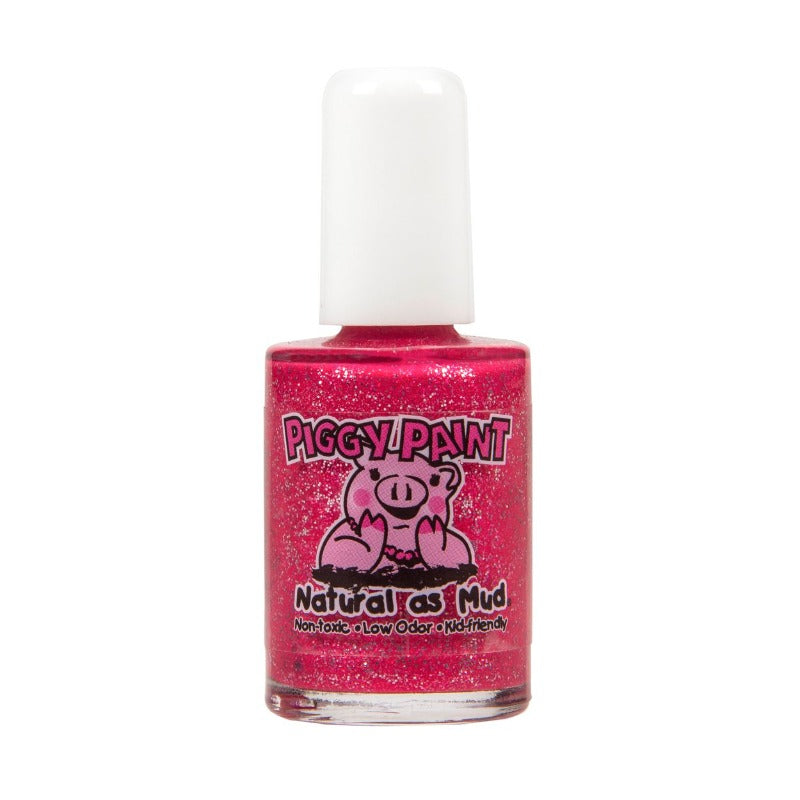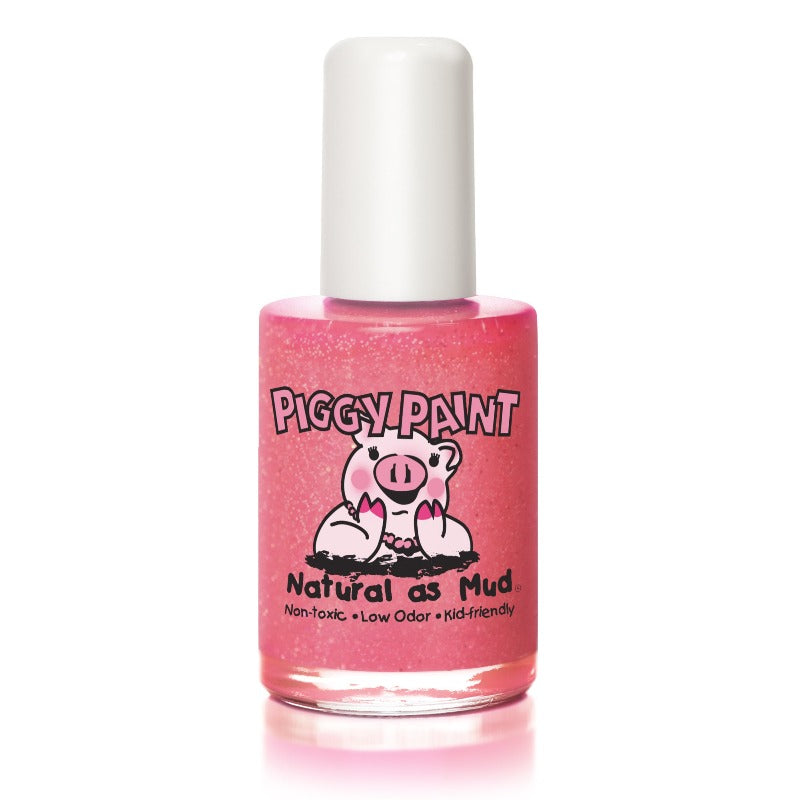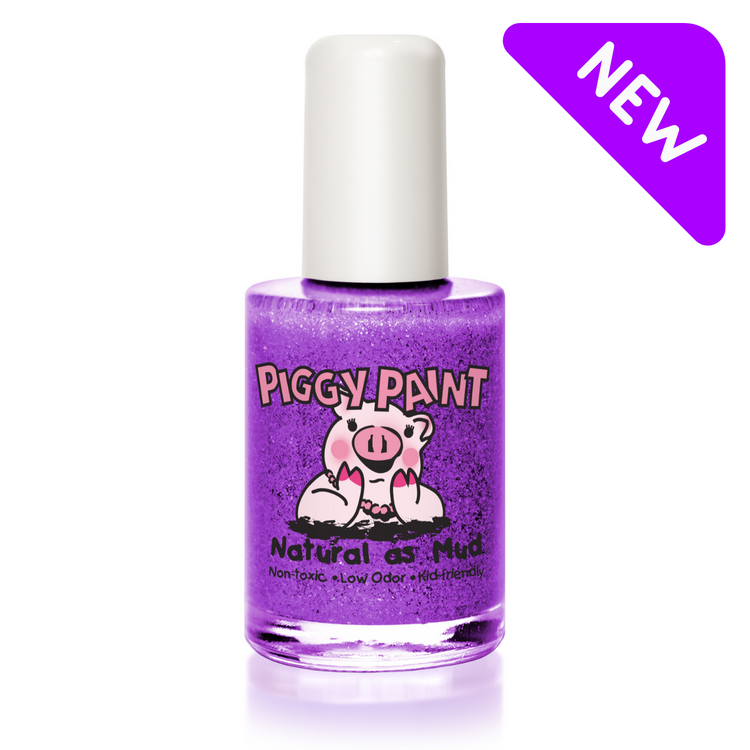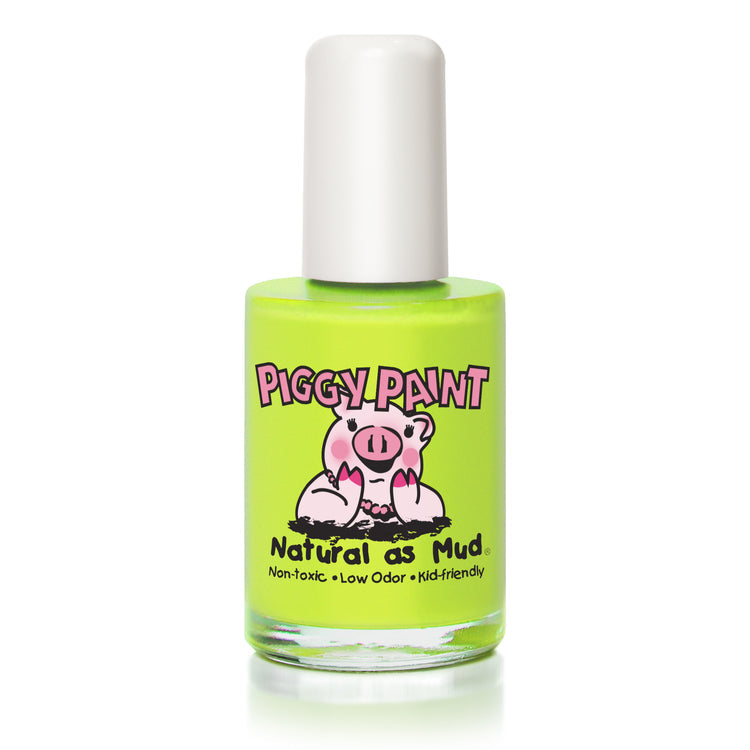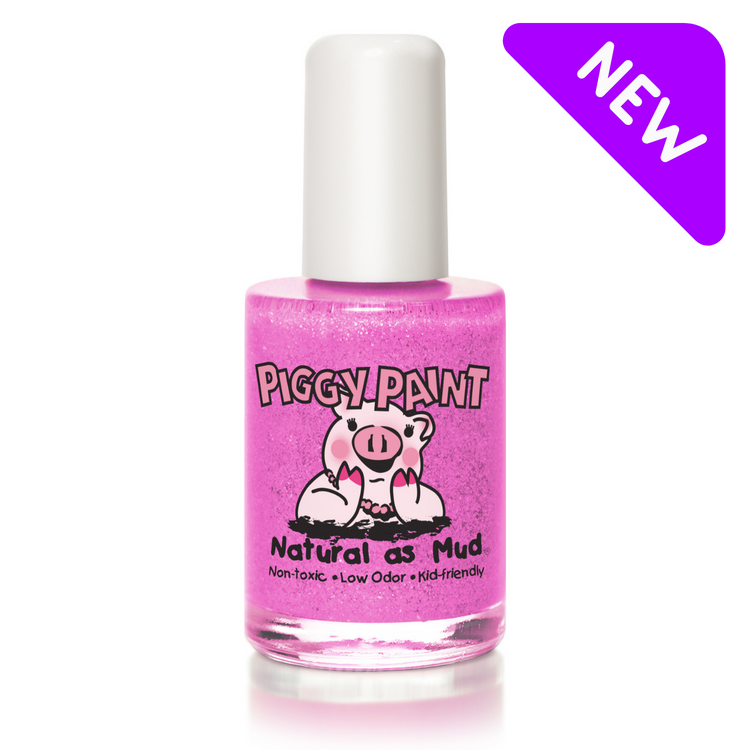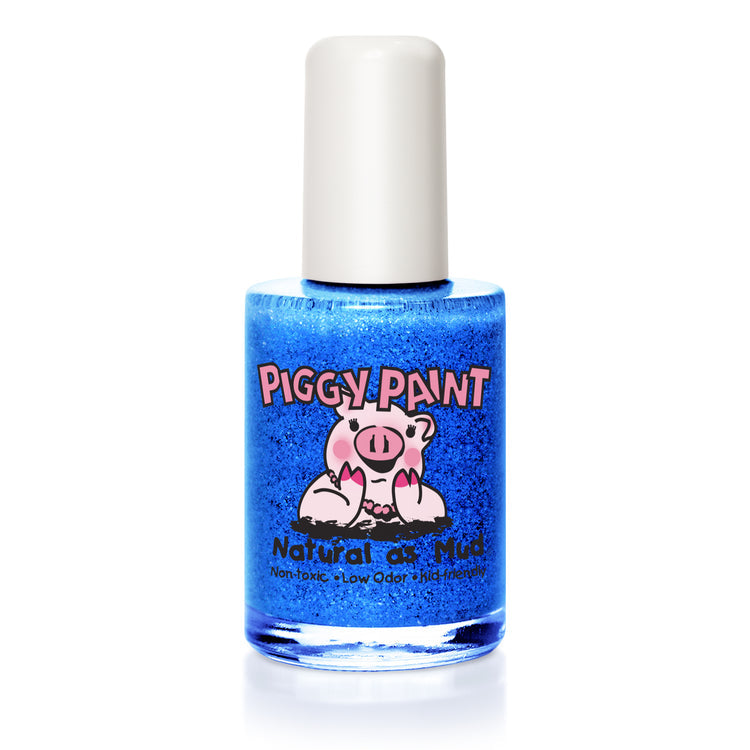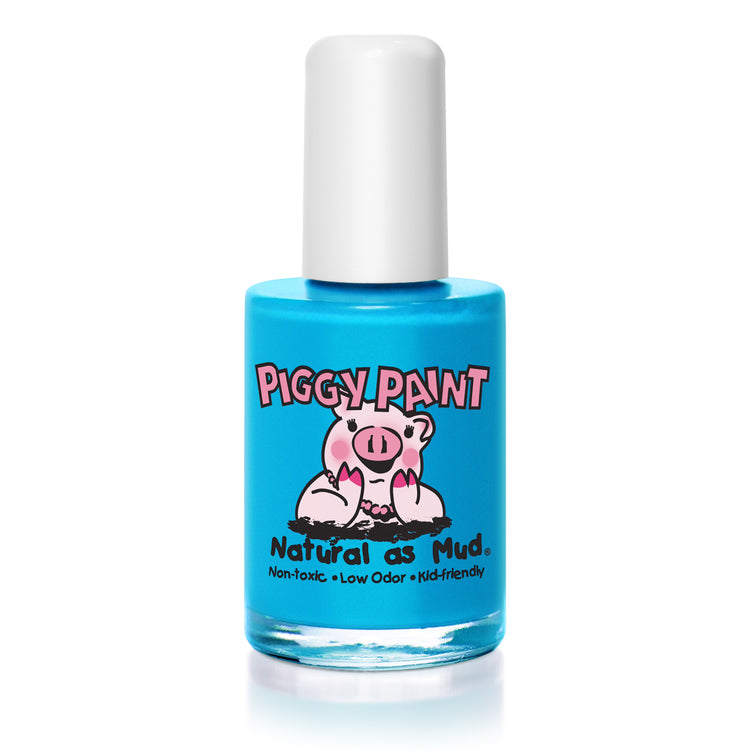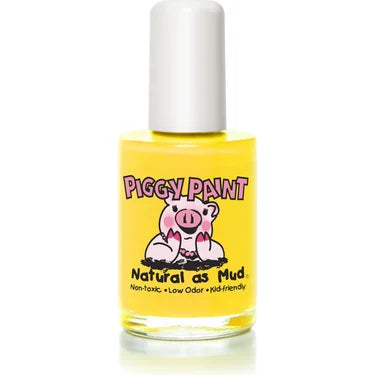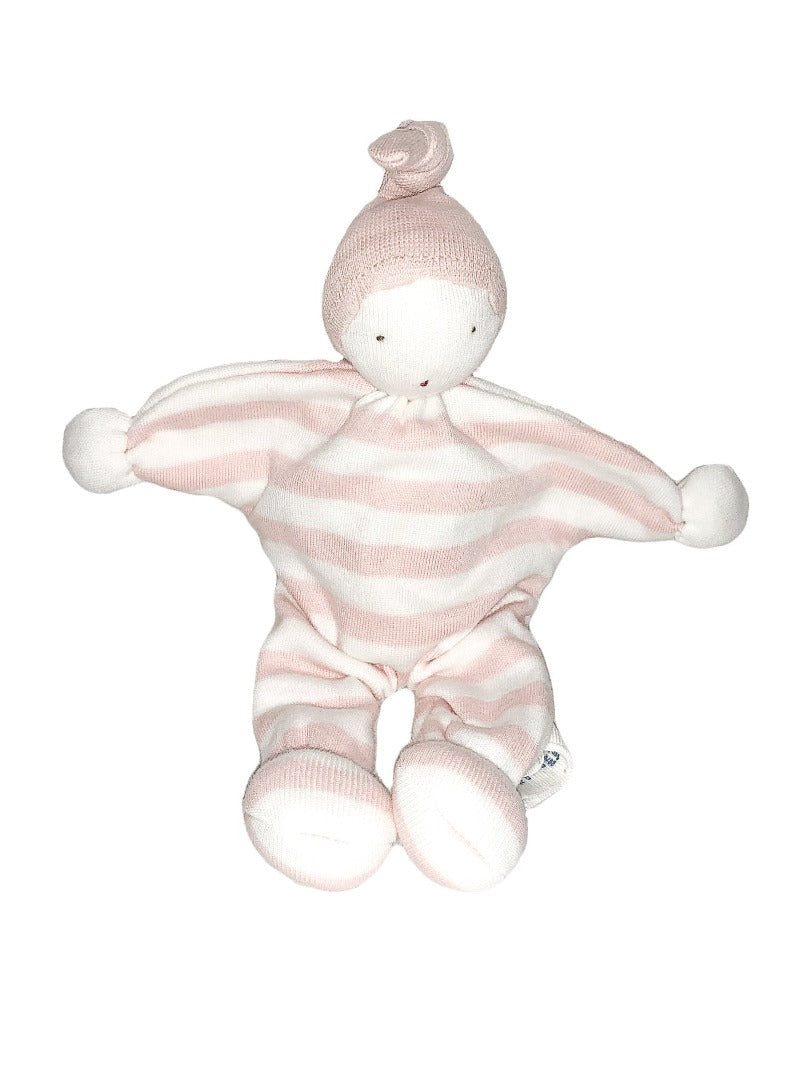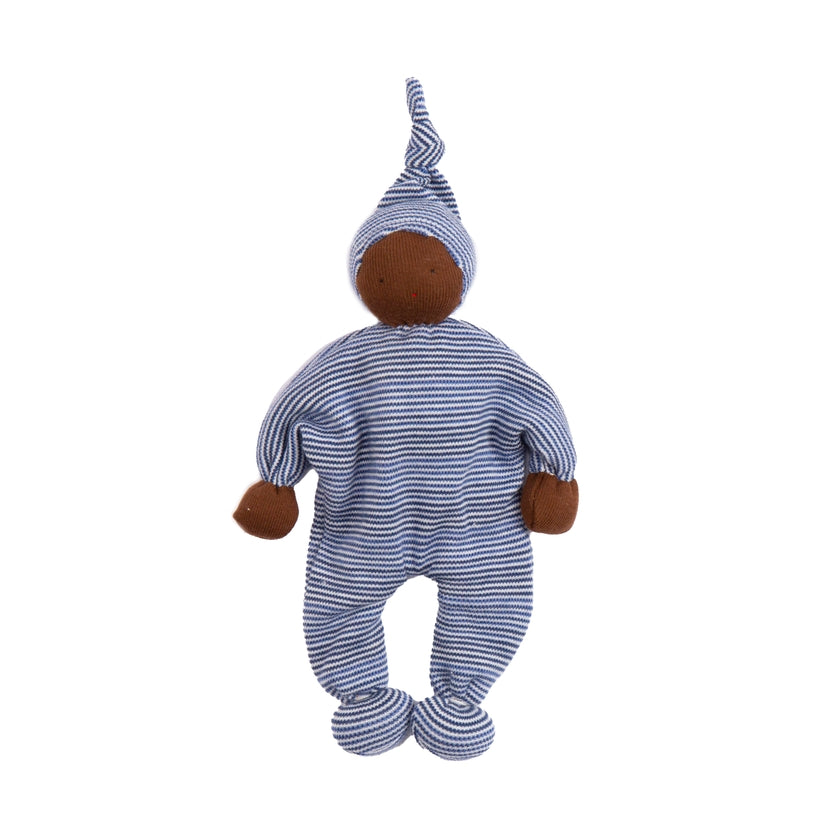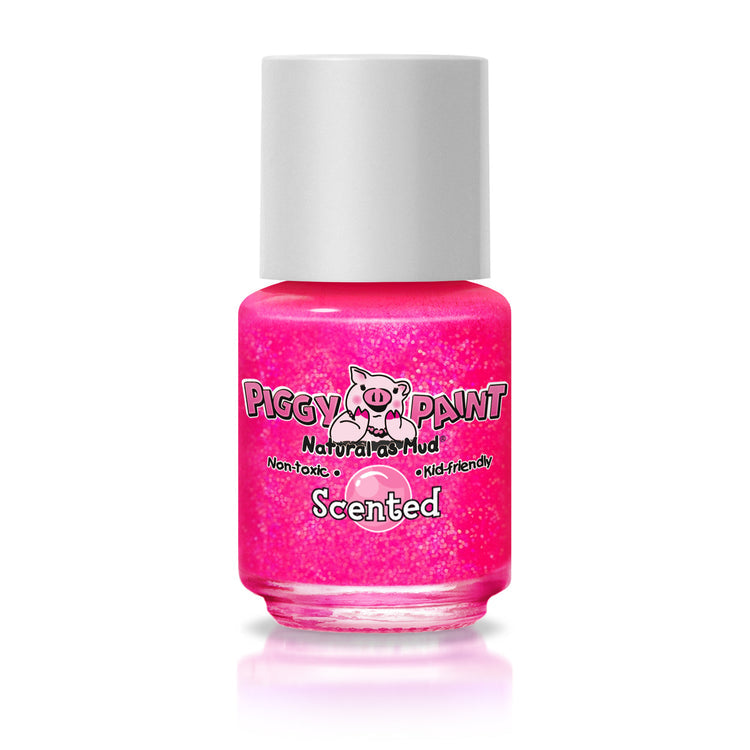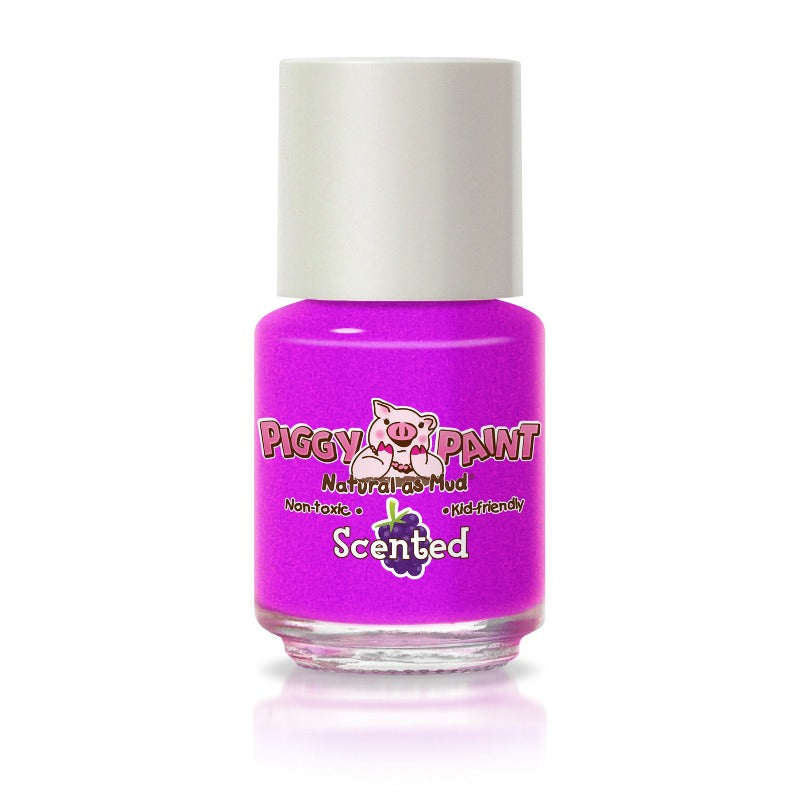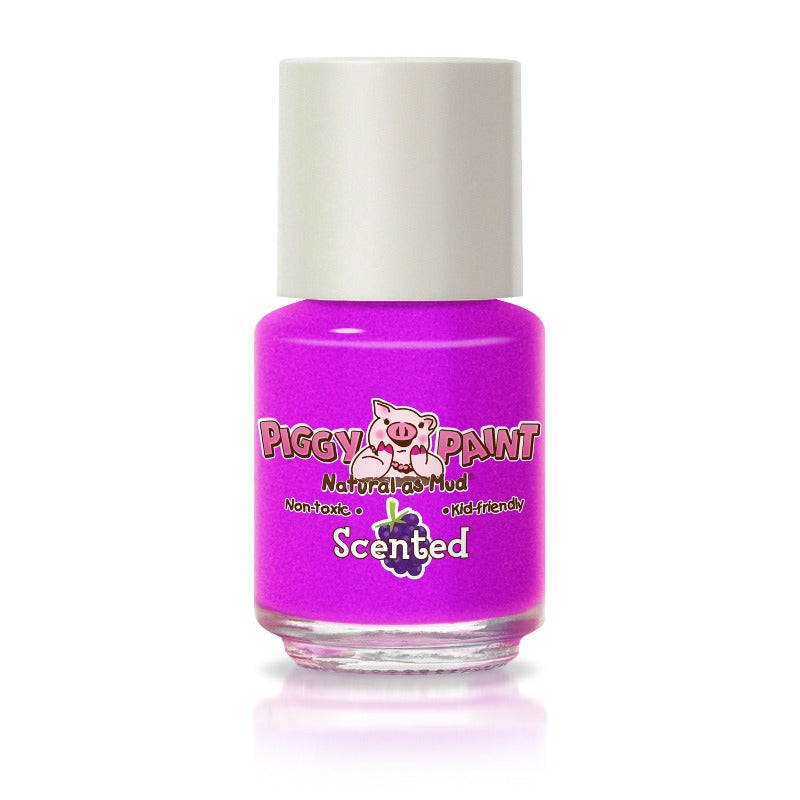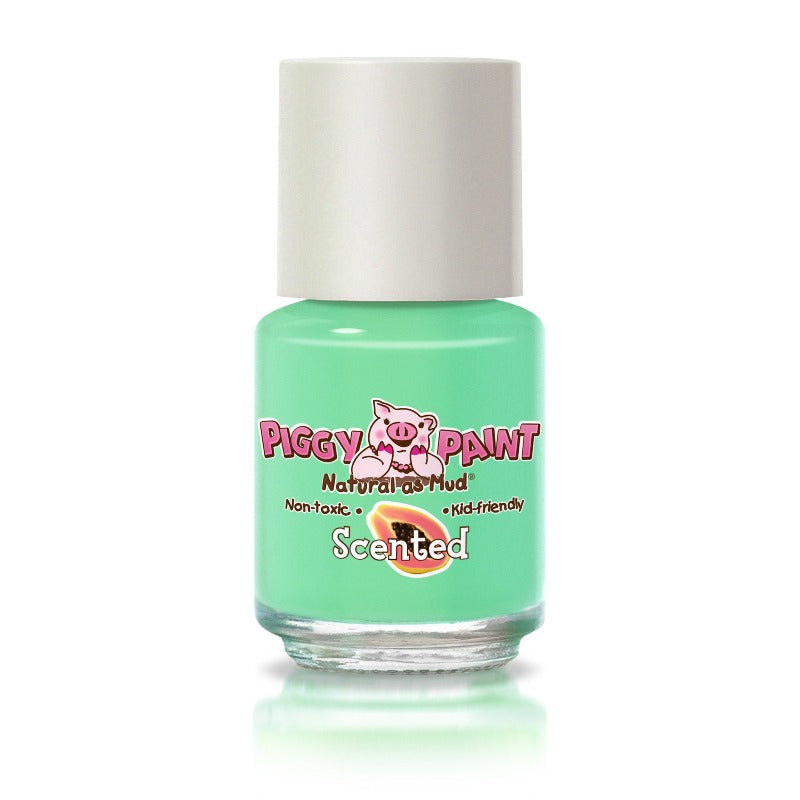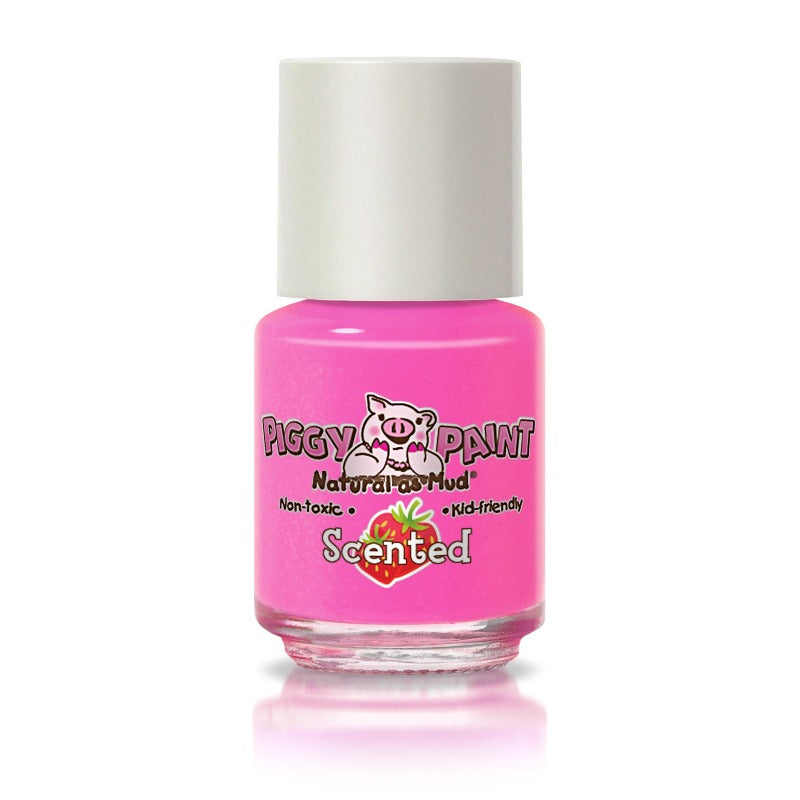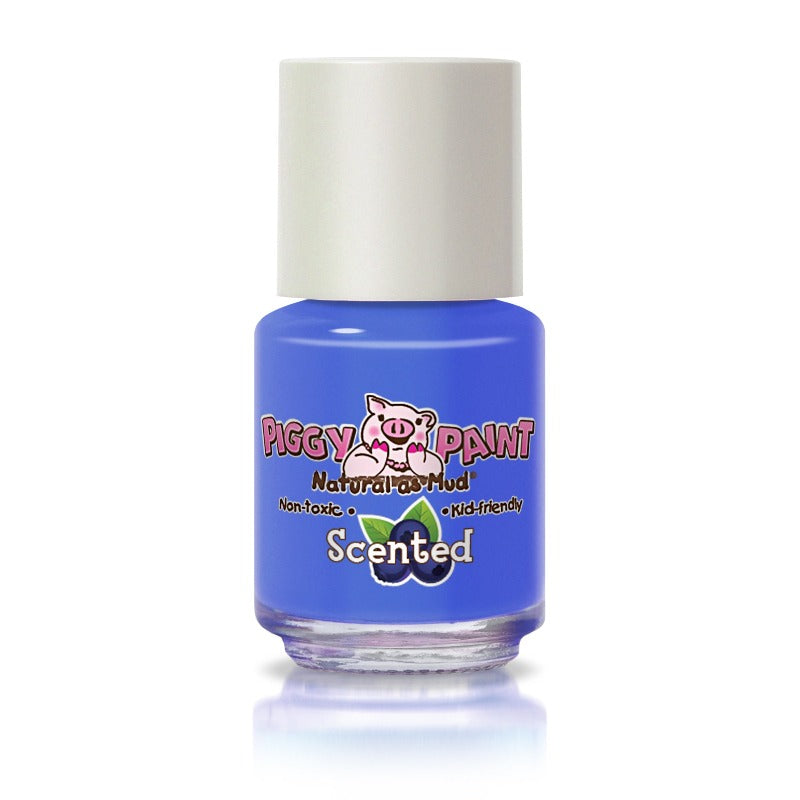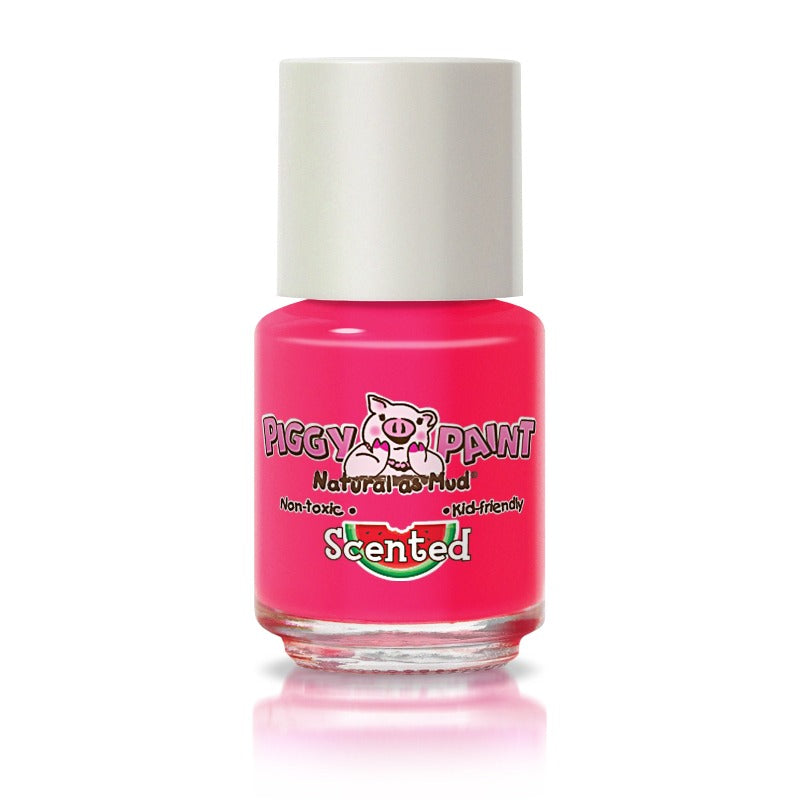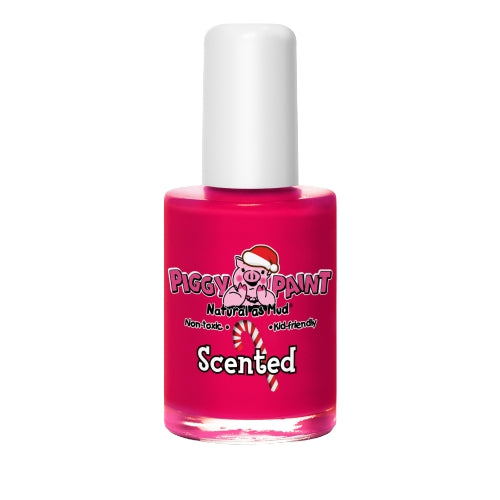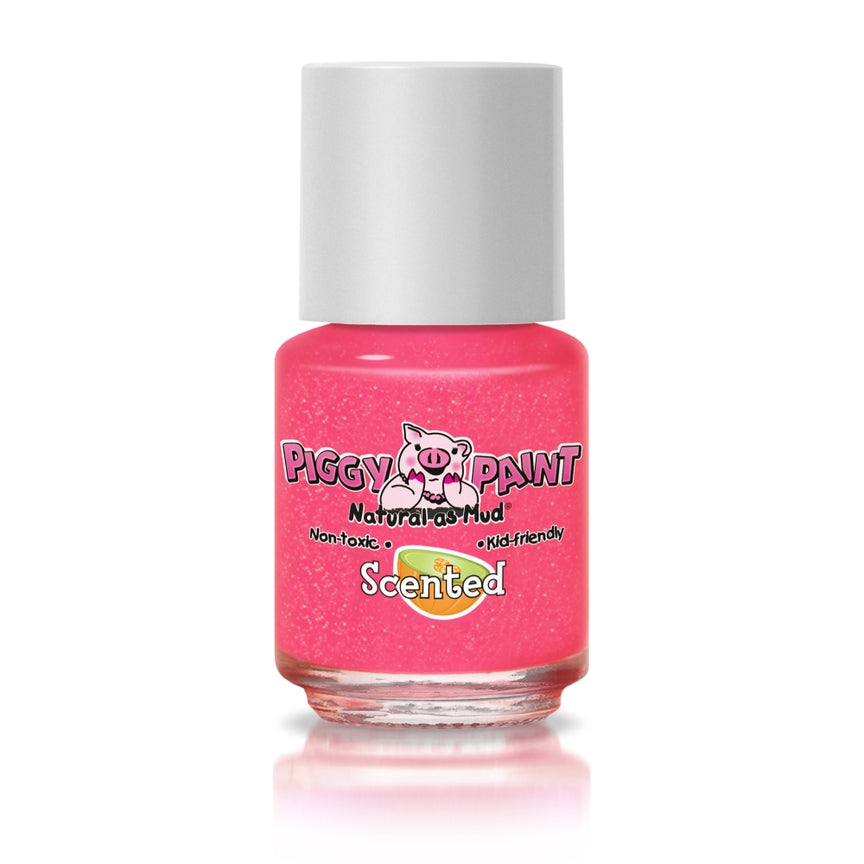A Made By Me kit which encourages kids to get really creative. Maple Landmark's Made By Me series allows children 3 and up to have a good creative and constructive time!
All you need is some glue, a hammer, and paints, crayons, stickers or whatever you want to use to decorate with.
Part of the Montgomery Schoolhouse line of Maple Landmark Toys.
What makes the Made By Me Bug from Maple Landmark so popular:
- Allows children 3 and up to have a good creative and constructive time
- All you need is some glue, a hammer, and paints, crayons, stickers or whatever you want to use to decorate with
- Made of smooth, sanded pine
- A fun and easy project that a child will enjoy for years to come
- Includes: a 4" long unfinished, sanded smooth pine bug-shaped body, and 4 natural wheels and axles
For What Age
3 years+
Sizing
Each vehicle measures approximately 4 in. across.
Warranty
Maple Landmark guarantees its product unconditionally against defects or breakage. If at any time you experience a problem with any product, return it to us (shipping paid) and we will repair or replace the item at no charge and return it to you. Sorry, but we do not supply "fix-it-yourself" parts, repairs are done by us.
Product Origin: Made in the USA
About Maple Landmark
We are proud to offer you high quality, American made, woodwork. Contrary to the attitude of many mass market manufacturers and distributors, origin is important. Preservation of domestic jobs is important, especially to those working those jobs. However, there are even deeper issues to consider.
When products are made in this country, you can be far more certain that employees are not being unfairly exploited and that they work in safe and protected facilities. You can also take comfort in the fact that companies are guided by strict environmental rules.
Safety and environmental protection are far less certain in cheap-labor countries. Importers and trade industry groups set up inspection programs to assure that all local laws are being followed. That is fine until one understands that in many regions, local laws are no more protective of labor and the environment than those of the United States at the turn of the last century.
It is ironic that our society, which works to outlaw exploitative activity within, is perfectly fine purchasing products made in conditions that were deemed improper here generations ago. All for the reason that products are cheaper.
Those inclined to import products will say that foreign production is more efficient, less wasteful. We beg to differ. For the most part, foreign factories don't operate with less labor, less material waste, or with less pollution. It can be argued that there is more true waste in these places because things are so cheap, there is less incentive to conserve and be careful.
The real "waste" importers are trying to avoid is the American standard of living, attacking the very people they expect to buy their products.

Natural Resources
The wood Maple Landmark uses is from native species. We use rock maple primarily, as well as some pine and cherry. These are some of the best materials for wooden toys and gifts, we are fortunate to have them locally available.
There are virtually no old growth forests left in Vermont, the region was heavily logged in the 1800's. Damaging floods in the late 1800's and early 1900's not only knocked out the water powered mills that processed the timber but they also taught a lesson in not laying entire mountainsides bare to runoff and erosion. Vermonters have a reputation for being stubborn but we also use our experiences to learn better ways.
In the early 1900's, Vermont was 20% forested, now it is 80% forested. The forests are growing back, even more rapidly than the rate of harvest. As dairy farms consolidate and abandon marginal hillside property, the wilderness once again begins to take over.
The majority of wood that grows tends to be lower grade material. Since we make small items, we are able to use downgraded lumber by simply cutting around the defects. This strategy saves on the demand for the rarer, more premium grades. We also make use of small dimension material that is cast off from other plants.
Just as we are careful to fully utilize the wood we buy, our suppliers are careful about how it is harvested. For the entire history of our company, we have purchased the majority of our lumber from one local source, Lathrop's Maple Supply of Bristol, Vermont. Tom Lathrop is located just nine miles up the road and supplies not just maple, but pine, cherry, and other species as well. Tom has deep roots in the business, here is his story:
"For approximately 125 years my forefathers have been cutting timber and sawing logs in Bristol, Vermont. It all started with my second great-grandfather, Noah Lathrop, a Civil War veteran, who manufactured clapboards and shingles in the late 1870's.
"Knowledge of the timber industry has been passed through the generations. I started helping my father mark timber around the age of seven. Dad would instruct me as to which trees needed to be harvested and why. Some had reached maturity, other had damaged tops or trunks which needed to be salvaged. Harvest was always conservative and sustainable, the terms used when I was younger was selective cutting. When I was 12 years old, my grandfather, Clarence Lathrop, worked with me in the planer mill at my father's lumber mill. This mill, called "Claire Lathrop's Band Mill," was voted Vermont's #1 Mill one year.
"My goal as owner of Lathrop's Maple Supply is to provide high quality lumber and wood products, primarily from sustainable Addison County forests. I purchase quality lumber from reputable foresters with clients enrolled in Vermont's Land Use Program requiring sustainable harvest methods. These methods are the same ones that the certified sector uses."
Thomas C. Lathrop, owner/operator
What do we do with our wood waste? We have a couple of local farmers who take away our sawdust for cattle bedding. Our wood scraps are put out for locals to use for kindling, wood heat being very common in Vermont in the winter months.
To us, it all seems like the best combination of the right materials, the right people, the right products, all in the right place, that we should be able to produce and market wooden toys for you.
